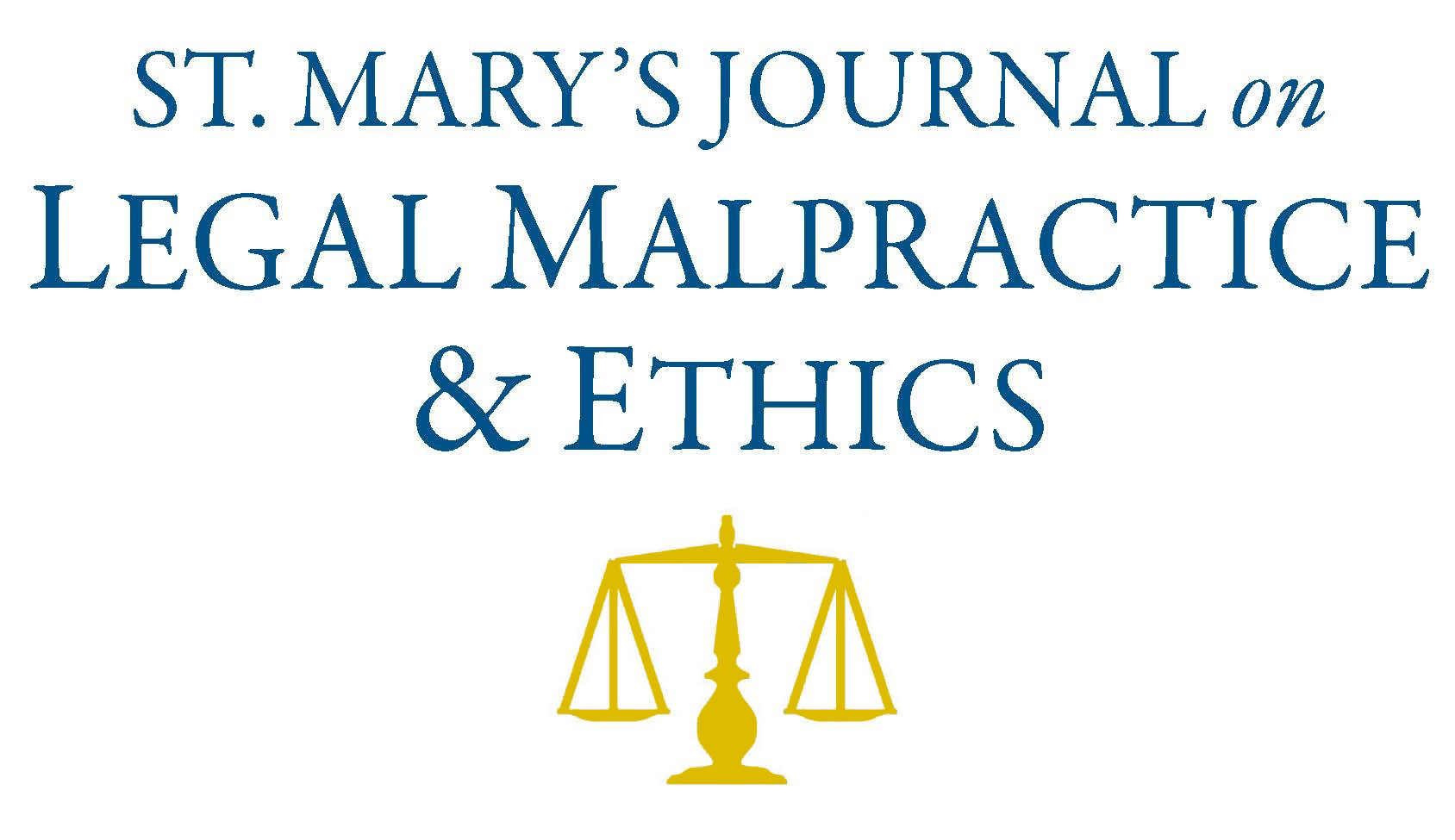
First Page
64
Date Created
12-2018
Publisher
St. Mary's University School of Law
Editor
Katherine Zampas
Last Page
91
Abstract
Business and law are increasingly practiced on a transnational scale, and law firms are adopting new business structures in order to compete on this global playing field. Over the last decade, global law firms have merged into so-called “mega-brands” or “mega-firms”—that is, associations of national or regional law firms that join together under a single brand worldwide. For law firms, the most common mega-firm structure has been the Swiss verein, though the English “Company Limited by Guarantee” structure is growing in popularity as well, as is the similar “European Economic Interest Grouping.” All of these structures allow related entities to affiliate under a single brand, yet retain a separate legal identity. Law firms such as Baker & Mackenzie, Norton Rose Fulbright, and Dentons have all adopted the verein structure for their global practice. Each has separate legal entities practicing at a regional or national level (such as Dentons US LLP, or Norton Rose Fulbright Canada LLP), with the entities coming together under a single brand globally.
As the mega-brand structure becomes more common, courts have struggled with how to treat imputed conflicts of interest. Is the verein (or similar entity) a single law firm, such that a client representation by one of the verein members will automatically prohibit other verein members from representing a client with conflicting interests? Or does the separate legal status of each of the verein members mean that Norton Rose Fulbright Australia could represent a client adverse to Norton Rose Fulbright US LLP—potentially even in the same proceeding?
This article examines mega-firm conflicts from a client-protection perspective. It analyzes the policy goals underlying traditional rules on conflict imputation, including the need to protect client confidences and loyalty. It considers how conflicts of interest have been resolved in the mirror situation— that is, when law-firm clients are themselves global entities composed of related corporate entities—and analyzes how the conflict rules developed for related client entities could be adapted to fit global law firm vereins. The article ultimately argues that an overly broad imputation of conflicts carries real risk to clients and potential clients by limiting their ability to secure counsel of their choice. An approach focused more tightly on protecting the underlying values of confidentiality and loyalty can ensure client protection while still allowing clients to reap the benefit of innovation in law-firm business practices.
Recommended Citation
Cassandra B. Robertson,
Conflicts of Interest and Law-Firm Structure,
9
St. Mary's J. on Legal Malpractice & Ethics
64
(2018).
Available at:
https://commons.stmarytx.edu/lmej/vol9/iss1/2
Included in
Business Law, Public Responsibility, and Ethics Commons, Business Organizations Law Commons, International Law Commons, Legal Ethics and Professional Responsibility Commons, Legal Remedies Commons, Organizations Law Commons

